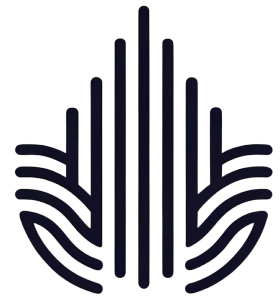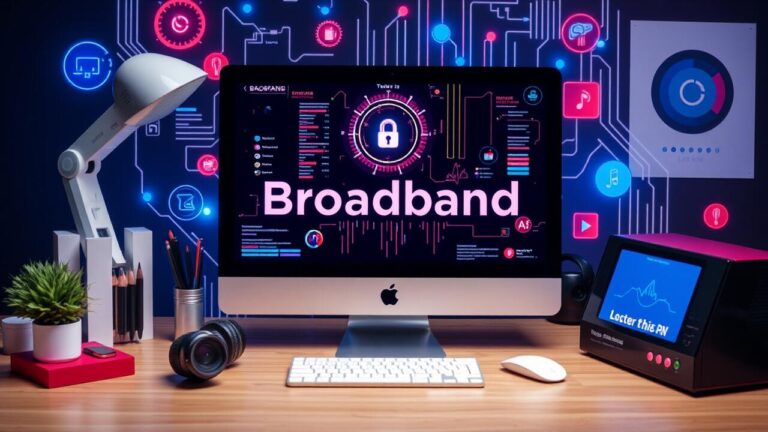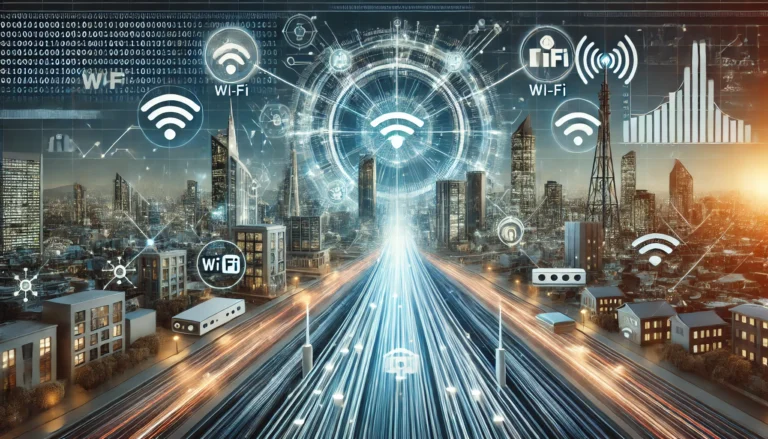Breaking Down Broadband: A Closer Look at its Definition and Applications
In today’s digitally driven world, the term broadband is often mentioned, yet many people are unsure about what it truly means and how it impacts their daily lives. As a broadband technician, I’m here to demystify this crucial technology and explain its various applications. Let’s dive into the essentials of broadband, its definition, and the myriad ways it enhances our connectivity and productivity.
What is Broadband?
Broadband is a high-speed internet connection that is always on and faster than traditional dial-up access. Unlike dial-up, which ties up your phone line, broadband allows you to use your phone and internet simultaneously. The term encompasses a variety of technologies, including DSL (Digital Subscriber Line), cable, fiber-optic, satellite, and wireless connections. Each of these technologies offers varying speeds and reliability, catering to different needs and environments.
Types of Broadband Connections
- DSL (Digital Subscriber Line):
- Uses existing telephone lines to deliver high-speed internet.
- Typically offers speeds ranging from 1 Mbps to 100 Mbps.
- Ideal for home and small business use.
- Cable Broadband:
- Utilizes the same coaxial cables that deliver cable TV.
- It can offer higher speeds than DSL, often up to 1 Gbps.
- Suitable for streaming, gaming, and heavy internet use.
- Fiber-Optic Broadband:
- Transmits data as light through thin glass fibers.
- Provides the fastest speeds, often exceeding 1 Gbps.
- Best for demanding applications like HD video conferencing and cloud computing.
- Satellite Broadband:
- Beams internet service from satellites orbiting the Earth.
- Available in remote and rural areas where other types of broadband are not.
- Speeds can vary, with latency being a common issue.
- Wireless Broadband:
- Uses radio waves to provide internet service.
- Includes mobile broadband (3G, 4G, and 5G) and fixed wireless access.
- Flexible and increasingly fast with advancements in technology.
Applications of Broadband
Broadband is more than just a fast internet connection; it’s a gateway to a multitude of applications that enrich our personal and professional lives.
1. Remote Work and Telecommuting
Broadband enables employees to work from anywhere, leading to increased productivity and a better work-life balance. With reliable high-speed internet, remote workers can access company networks, participate in video conferences, and collaborate in real time, just as if they were in the office.
2. E-Learning and Online Education
With the rise of e-learning platforms, students can access a wealth of educational resources from the comfort of their homes. Broadband allows for smooth streaming of lectures, interactive learning modules, and access to vast online libraries and research databases.
3. Telemedicine
Healthcare is becoming more accessible thanks to broadband. Telemedicine allows patients to consult with healthcare professionals remotely, receive diagnoses, and even undergo treatment plans via high-definition video calls. This is particularly beneficial for those in rural or underserved areas.
4. Entertainment and Media Consumption
From streaming movies and music to online gaming, broadband has revolutionized how we consume media. High-speed connections ensure that we can enjoy our favorite content without buffering, making for a seamless entertainment experience.
5. Smart Homes and IoT (Internet of Things)
Broadband is the backbone of smart home technology, enabling devices like smart thermostats, security cameras, and home assistants to function and interact seamlessly. This connectivity allows homeowners to control various aspects of their homes remotely, enhancing convenience and security.
The Importance of Broadband in Today’s Digital Age
In the fast-paced digital age, broadband internet has become a necessity rather than a luxury. Whether you’re working from home, pursuing online education, or simply streaming your favorite shows, a reliable broadband connection is essential. With the increasing demand for high-speed internet, it’s crucial to understand the different types of broadband services available and their respective benefits. From fiber-optic broadband offering lightning-fast speeds to satellite broadband providing access in remote areas, choosing the proper connection can significantly impact your online experience. Additionally, broadband is vital for the growth of innovative technologies and IoT devices, making our homes more efficient and secure.
Understanding Broadband Speed and Bandwidth
Two key factors to consider when discussing broadband are speed and bandwidth.
Speed refers to how fast data can be downloaded or uploaded from the internet. It’s typically measured in megabits per second (Mbps) or gigabits per second (Gbps). Higher speeds mean quicker downloads and smoother streaming.
Bandwidth, on the other hand, is the maximum amount of data that can be transmitted over an internet connection in a given amount of time. It’s like a highway: the more comprehensive the highway, the more cars (data) can travel on it at once.
Choosing the Right Broadband for Your Needs
Selecting the right broadband connection depends on various factors, including your location, usage requirements, and budget. Here’s a quick guide to help you make an informed decision:
- Location:
- Urban areas often have access to all types of broadband, including fiber-optic.
- Rural areas might rely more on DSL or satellite broadband.
- Usage:
- A DSL connection might suffice for basic tasks like browsing and emailing.
- For streaming, gaming, or working from home, consider cable or fiber optic for higher speeds and reliability.
- Budget:
- DSL and cable are generally more affordable than fiber-optic.
- Satellite broadband can be more expensive due to equipment costs.
Future of Broadband Technology
The future of broadband looks promising with continuous advancements. Technologies like 5G wireless and fiber-optic networks are set to provide even faster and more reliable internet connections. These innovations will support the growing demand for high-speed internet as more devices and applications rely on robust connectivity.
1. 5G Wireless Networks
The rollout of 5G promises ultra-fast speeds and low latency, making it ideal for applications like virtual reality (VR) and augmented reality (AR). It will also enhance mobile broadband, providing faster internet on the go.
2. Expanding Fiber-Optic Networks
Fiber-optic technology is continually expanding, bringing gigabit speeds to more areas. As infrastructure improves, more households and businesses will benefit from this high-speed internet, enabling new possibilities for innovation and productivity.
3. Satellite Internet Advancements
New satellite constellations aim to provide global broadband coverage, addressing the connectivity gap in remote and underserved regions. Companies like SpaceX and Amazon are in charge of their ambitious satellite internet projects.
Conclusion
Broadband is an indispensable part of modern life, facilitating everything from remote work and education to entertainment and smart home management. Understanding its various forms and applications can help you make the most of this technology, ensuring you stay connected in our increasingly digital world.
Whether you’re streaming your favorite show, participating in a virtual meeting, or exploring new smart home devices, a reliable broadband connection is your gateway to a seamless online experience. As technology continues to advance, broadband will only become more integral to our daily lives, driving innovation and connecting us in ways we never thought possible.
Stay tuned to BT Broadband Voice for more insights and updates on the latest in broadband technology. Remember, a well-informed choice today can lead to a more connected and efficient tomorrow.






